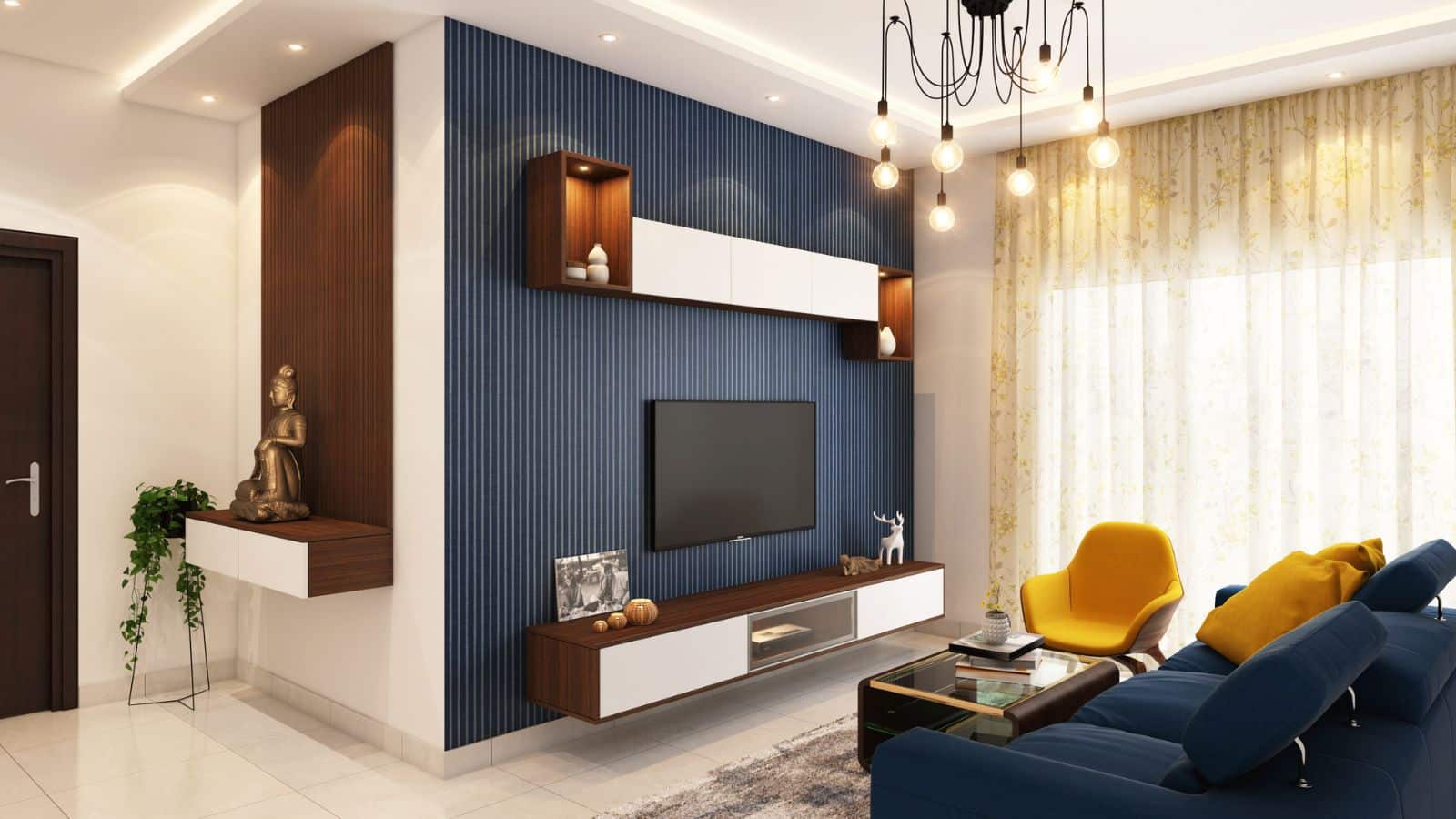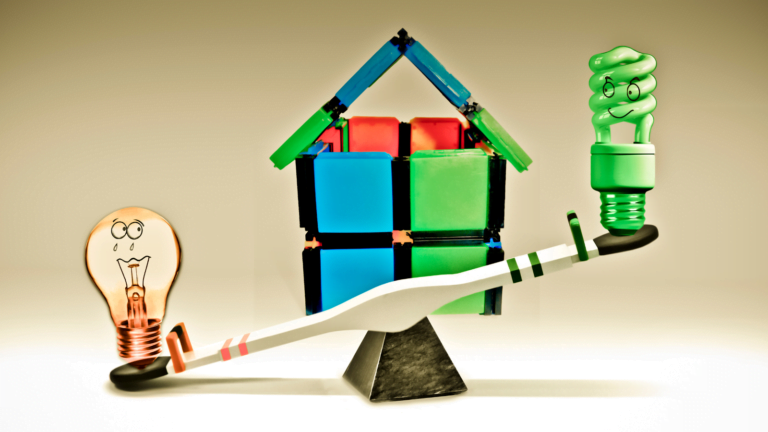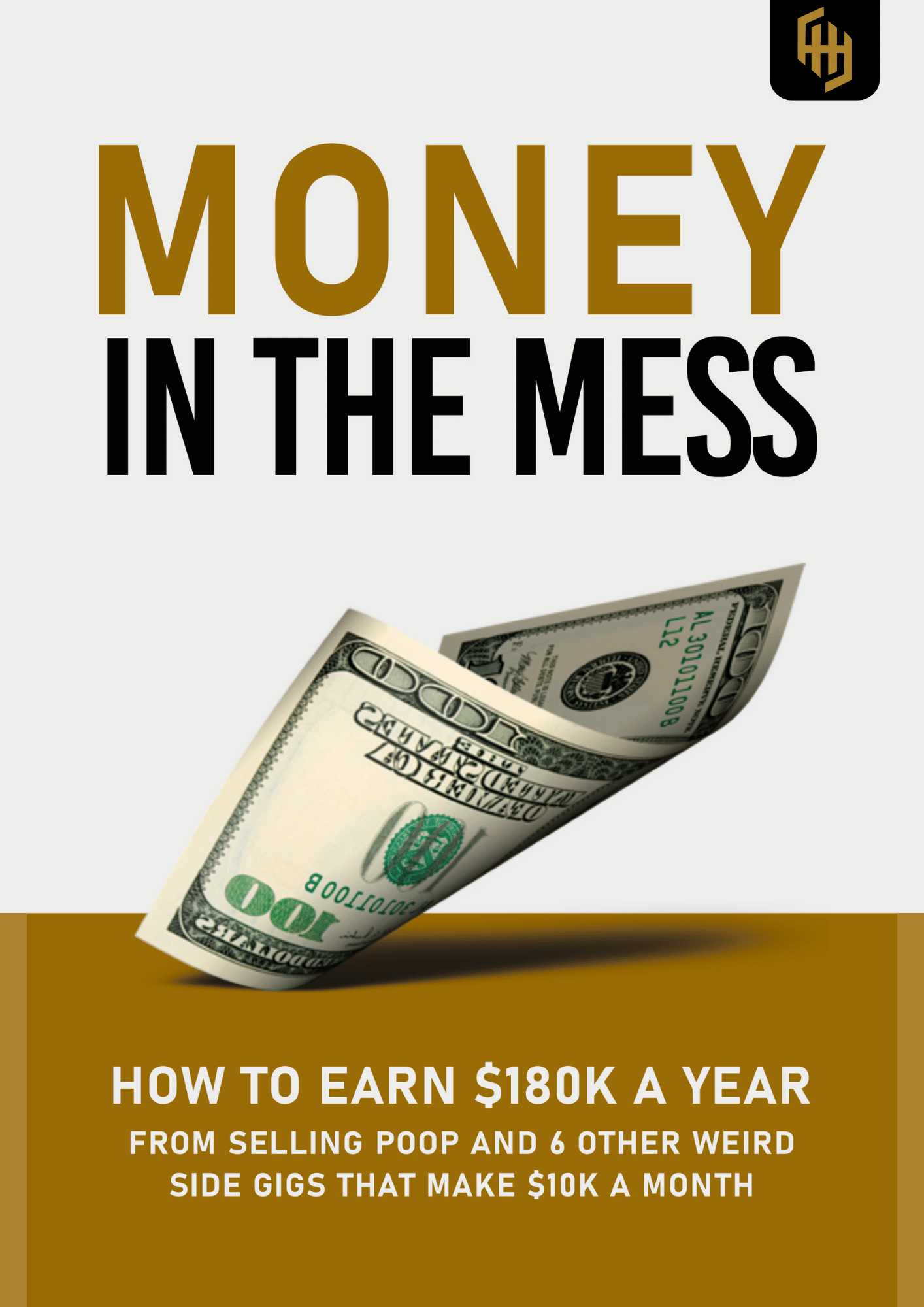6 Living Room Furniture Trends That’ll Define 2026 Homes
Designers say 2026 living rooms will merge AI-powered comfort with handcrafted warmth, sustainable materials, and sculptural form to redefine modern living.
I’ve always believed that furniture tells a quiet story about its time — the hopes, moods, and priorities of the people living with it. Right now, that story is shifting. The living room, once a showpiece for guests, has become our most personal sanctuary. We work, unwind, and even recharge there — so it’s no surprise that furniture in 2026 reflects both comfort and consciousness.
Designers, reports, and brands all point toward one defining theme: living rooms are getting smarter, softer, and more human. Here are six furniture trends that will shape how we live, feel, and connect at home in 2026.
Sculptural Curves: The Era of Soft Geometry
I’ve been seeing this everywhere — from boutique furniture studios in New York to Milan’s design fairs — the straight lines of the 2010s are officially out. Curves and organic shapes are taking over.
Sofas curve like waves, sectionals wrap around conversation zones, and chairs feature asymmetrical arms that feel both playful and sophisticated. Designers call it soft geometry — furniture that embraces the body rather than boxes it in.
Smart Comfort: Algorithmic Ergonomics

Comfort used to mean cushions. Now, it’s coded.
The next generation of furniture doesn’t just sit there — it learns from you. In 2026, recliners and sectionals equipped with embedded sensors can detect posture, adjust lumbar pressure, and even remember your preferred angle for movie nights. Industry analysts are calling this algorithmic ergonomics — a fusion of artificial intelligence (AI), comfort science, and interior design.
Sustainable Craftsmanship: The Rise of Slow Furniture
I’ve long admired the shift from mass production to mindful creation. Sustainability is no longer a niche or a marketing tagline — it’s a new luxury standard.
Brands are investing in reclaimed woods, bamboo composites, cork, and biomaterials that age gracefully rather than wear out. According to Studio G Home’s 2025 report, biophilic materials — those that reconnect interiors with nature — are driving this “sustainable luxury” movement.
What stands out most is the craftsmanship. Visible joinery, hand-carved textures, uneven finishes — all deliberate imperfections that remind us a real person made this. I recently sourced a coffee table carved from salvaged oak, and it’s now the conversation anchor of my living room. Every nick and grain tells a story. That’s what 2026 design is embracing — furniture with soul, not sheen.
Textural Contrast: Comfort Maximalism
If you’ve walked through any design showroom lately, you can feel the shift. Texture is the new color.
Think bouclé paired with distressed leather, velvet against raw linen, or brushed metal beside woven cane. This “comfort maximalism” is all about layering tactile materials to evoke warmth and personality. Leather, once stiff and formal, now appears in earthy, distressed tones like cognac and caramel hues that play beautifully against soft, matte fabrics.
I’ve noticed that this textural blending creates a kind of emotional depth in a room. You don’t just see it; you sense it. It’s proof that minimalism hasn’t vanished — it’s simply grown warmer and more human.
Integrated Tech Luxury: Smart Meets Subtle
Technology used to clash with comfort. Today, it’s woven into it.
According to the research report published by Roots Analysis, the global smart home market is projected to reach $1.03 trillion by 2035, with a CAGR of 20.47% from 2024. Over 750 devices have received Matter certification, an open-source standard created by the Connectivity Standards Alliance with support from Apple, Google, and Amazon, to address smart home interoperability issues.
I recently tested an intelligent coffee table that automatically adjusted lighting based on the time of day. It felt less like a gadget and more like a butler for your living room. That’s the beauty of this wave of innovation — tech that enhances ambiance without shouting for attention.
The smart furniture market is expected to exceed $1.4 billion globally by 2030. But the bigger story isn’t about numbers; it’s about convenience blending with calm.
Artisanal Imperfection: The Beauty of Real
While smart furniture pushes boundaries, a countertrend is quietly grounding us — the embrace of imperfection.
Influenced by Japanese wabi-sabi and Europe’s rustic revival, 2026 interiors celebrate irregularity and patina. This trend is supported by market growth in key segments, with the global modular sofa market projected to reach USD 5.8 billion by 2033, growing at a CAGR of 7.3% from 2026 to 2033, as reported by Market Research Intellect.
Oversized, modular sofas with visible seams, uneven ceramic side tables, and upcycled wall art now dominate high-end living room collections.
I’ve always found this aesthetic deeply honest. In a world obsessed with polish, handmade pieces remind us that design doesn’t need to be flawless to be beautiful. Social media has only accelerated this, with “protagonist furniture” — pieces that tell a story — becoming the centerpiece of living spaces.
Each item, whether a reclaimed wood bench or a rough-hewn clay vase, feels like a piece of art, not a product.
The Living Room, Reimagined

If one message ties these trends together, it’s that the 2026 living room is about connection. Between comfort and technology. Between craft and innovation. Between humans and the spaces that hold them.
The global furniture market was valued at $695.2 billion in 2023 and is projected to exceed $1.15 trillion by 2032. This growth is influenced by trends toward expressive, responsive, and emotionally intelligent homes, including increased demand for innovative furniture, sustainable design, and personalization. We’re moving toward homes that are expressive, responsive, and emotionally intelligent.
Design in 2026 isn’t about showing off. It’s about showing up — creating a space that reflects who you are, how you live, and what you value.
And that, to me, is the most enduring trend of all.








